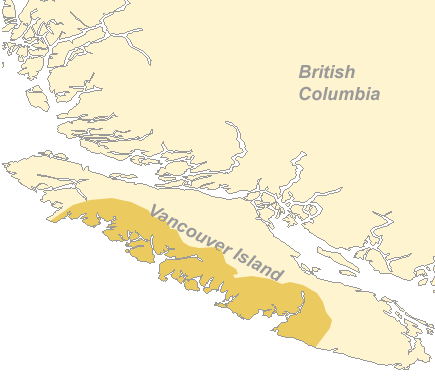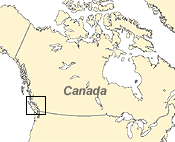

 |
 |
 |
 |
 |
 |
 |
 |

|

|
introduction |
textual database
| parsingThe Study of Nuuchahnulth Grammar: Consequences for a theory of languagePrincipal Investigator: John Stonham IntroductionThis project provides a detailed account of the grammatical structure of the Nuuchahnulth language of Vancouver Island to complement existing descriptions of the sound system (Stonham 1999). The project aims to establish a standard for the assembling and presentation of materials from little-studied languages and cultures. Nuuchahnulth displays an unusually high degree of polysynthesis and a level of incorporation that goes well beyond any extant cases of this phenomenon. It is therefore essential to provide a detailed, comprehensive, and accurate account of the morphological phenomena of Nuuchahnulth if the full theoretical implications of the grammar are to be spelt out in the clearest possible terms. A further major objective is the production of one of the most detailed dictionaries of any Native American language investigated to date (Stonham 2005). A challenge faced by both this and previous projects is the paucity of available lexical information for translating the texts. This dictionary will simplify this task and provide a framework for lexicography in neighbouring languages and information on related languages within the Wakashan family. It will aim to provide detailed cross-referencing to related forms, synonyms, and antonyms, details about names, loanwords, and forms from linguistically related languages where available and will contribute to our general understanding of the comparative lexicography of the family and further afield. Background
The original materials which serve as the basis for this research consist of some 2,000 hand-written pages of field-notes gathered around the turn of the century by the linguist and anthropologist, Edward Sapir (for a sample page, click here). This material, housed in the Canadian Museum of Civilisation, has remained untouched for nearly a century, due in part to the dearth of Nuuchahnulth language expertise in the linguistic academic community. What remains of Sapir's contributions are a handful of papers dealing with certain aspects of the language (e.g., Sapir 1924, 1929), and two volumes of texts co-authored with Swadesh, now out of print (Sapir & Swadesh 1939, 1955). The former volume is for the most part reliable, but the second is seriously flawed and more or less unusable by any but the most expert scholar of the language. Little else was published on Nuuchahnulth until the early 1970s, when Jacobsen, began research on the related Makah language (e.g., Jacobsen 1969, 1979, 1993, 1994). Research Goals
|


